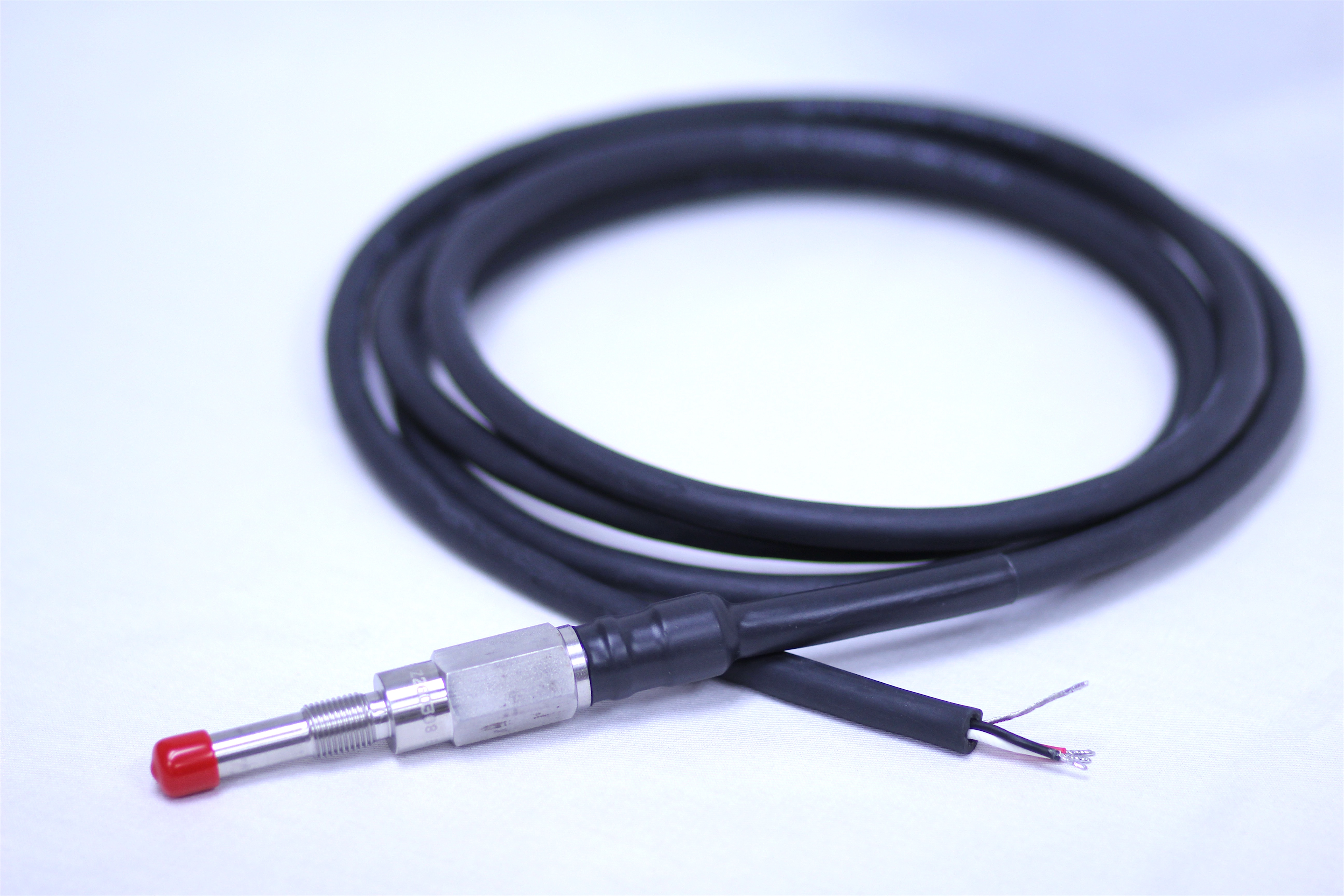
The TMV Speed Probe is a zero-speed active sensor that senses the rotation of a target gear mounted on the armature shaft of the traction motor.
3-Wire Powered Probe
TMV’s Speed Probes contain 3 wires:
- A powered wire carrying 12 volts
- A return signal wire, and
- A ground
Other speed probes have 2 wires, and contain a magneto resistor. Traditionally, 2-wire probes used on Positive Traction Control have a tendency to prove unreliable over the long-term. Additionally, troubleshooting a 2-wire probe malfunction can be a time-consuming a costly process:
The PTP panel will indicate an LED light if there’s an issue, but won’t indicate the specifics of the issue. Often, multiple 2-wire probes are tested before determining the problem is the panel.
TMV’s probes don’t experience these issues, they are robust and eliminate time spent in the shop replacing probes.
Furthermore, because of the location of the speed probe port on the traction motors, it is highly unlikely they will be damaged due to weather. They are safely positioned out of reach of debris or excess oil and dirt.
Because of the 3-wire design, and lacking the delicately installed magneto resistor, normal amounts of vibration will not damage TMV’s speed probes.
Speed Probes are best suited for applications where a speed probe port exists on the traction motor. Otherwise, an Axle Generator may be more appropriate.
Based on a standard application with a 29-toothed wheel and a traction-motor gear-ratio of 62:15, the signal produced by the Speed Probe will be 120ppr. The TECU converts this signal through hardware to either a 60ppr or a 20ppr signal, for other systems such as a speedometer or an Event Recorder.
